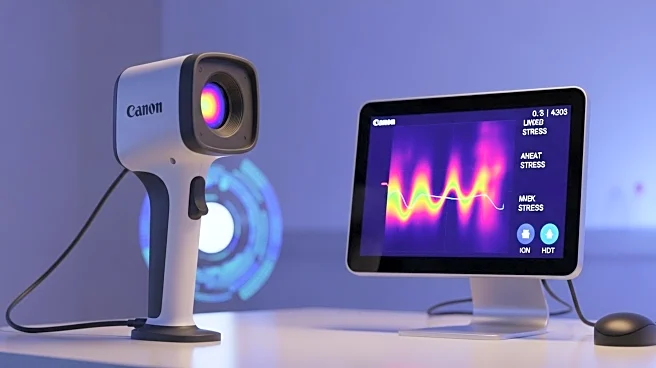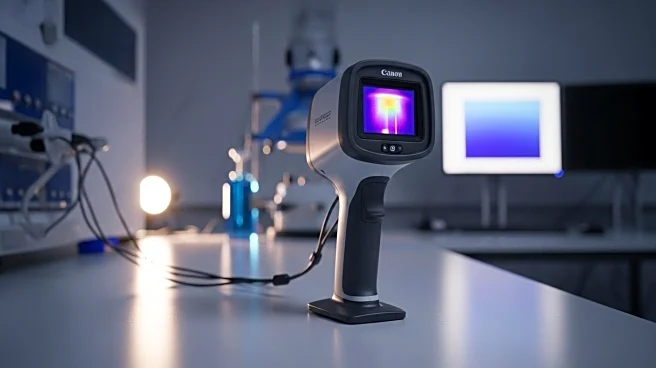What is the story about?
What's Happening?
Researchers at the University of Sussex are using thermal cameras to study stress by measuring changes in facial blood flow. The technique involves observing temperature drops in the nose, which indicate stress levels. This non-invasive method could revolutionize stress research by providing objective measures of stress recovery. The study involved stress tests where participants gave impromptu speeches and performed mental arithmetic, with thermal cameras capturing temperature changes. The research aims to apply this technique to monitor stress in non-human primates, potentially improving animal welfare in sanctuaries.
Why It's Important?
This research is important as it offers a new, non-invasive way to measure stress, which could have applications in both human and animal welfare. By providing objective data on stress recovery, it could help identify individuals at risk of anxiety or depression. The technique's potential use in monitoring stress in babies and non-verbal individuals highlights its broad applicability. Additionally, applying this method to animal welfare could enhance the care of rescued primates, contributing to their rehabilitation and well-being.
What's Next?
The researchers plan to demonstrate the thermal stress-measuring method at the New Scientist Live event in London. They are also developing its use in ape sanctuaries to improve the well-being of rescued animals. Future research may explore the technique's application in various settings, potentially leading to new stress management strategies for humans and animals alike.
AI Generated Content
Do you find this article useful?













